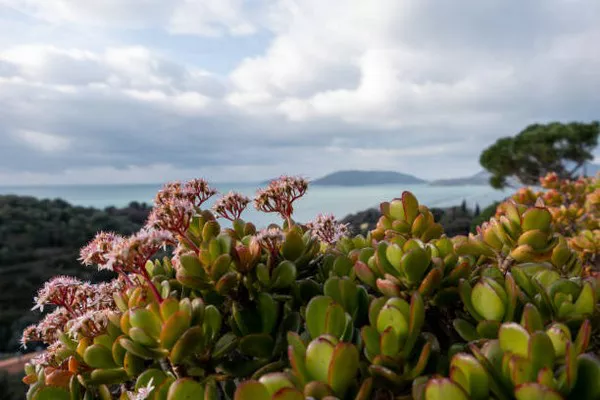Jade plants, scientifically known as Crassula ovata, are renowned not only for their distinctive appearance but also for their resilience and ease of care. These succulent beauties have found a cherished spot in homes and offices worldwide, where they thrive with minimal attention. As aficionados of indoor gardening continue to embrace the allure of jade plants, a common question arises: How big do jade plants get? In this article, we delve into the fascinating world of jade plant growth, exploring the factors that influence their size and offering insights into cultivating these serene succulents.
Understanding the Basics
Before unraveling the mysteries of jade plant growth, it’s essential to grasp the fundamentals of their anatomy and life cycle. Jade plants are characterized by thick, fleshy leaves and a tree-like structure, often resembling a miniature bonsai. These succulents belong to the Crassulaceae family and are native to South Africa. In their natural habitat, they can reach heights of up to 10 feet, forming a robust and tree-like structure.
However, the growth of jade plants in indoor environments is considerably different from their outdoor counterparts. Various factors, such as container size, soil quality, and environmental conditions, play pivotal roles in determining the ultimate stature of these delightful plants.
Container Size Matters
One of the most influential factors in regulating the size of jade plants is the size of the container they inhabit. The roots of jade plants tend to occupy the available space within their container, restricting their growth. In smaller pots, the roots may become root-bound, stunting the overall growth of the plant and leading to a more compact appearance.
Conversely, when provided with a larger container, jade plants have the opportunity to spread their roots and grow more vigorously. The additional space allows for a more extensive root system, contributing to a larger and more robust above-ground structure. To encourage optimal growth, consider repotting your jade plant every two to three years, gradually increasing the size of the container as the plant matures.
Soil Quality and Composition
The type of soil in which jade plants are cultivated significantly impacts their growth. These succulents thrive in well-draining soil that prevents water retention, mimicking the arid conditions of their native environment. A mixture of cactus soil or succulent mix combined with perlite or sand is ideal for jade plants.
When jade plants are planted in nutrient-rich but poorly draining soil, their roots may experience rot, adversely affecting their overall health and growth. On the other hand, a well-balanced and well-draining soil mix provides the necessary nutrients while preventing waterlogged conditions. This, in turn, promotes a healthier and more expansive root system, contributing to the overall size and vigor of the plant.
Environmental Conditions
The environment in which a jade plant is situated plays a crucial role in determining its growth. These succulents thrive in bright, indirect light, and their growth is optimized when exposed to such conditions. Inadequate light can result in leggy and stretched-out growth, while overly intense sunlight may lead to leaf burn.
Temperature and humidity levels also influence the growth of jade plants. These succulents prefer moderate temperatures and can suffer if exposed to extreme cold or heat. Consistent environmental conditions, coupled with proper light exposure, contribute to steady and healthy growth, allowing jade plants to reach their full potential in terms of size and appearance.
Pruning and Shaping
While jade plants are known for their natural, tree-like growth, strategic pruning can be employed to shape and control their size. Pruning is particularly useful for indoor jade plants, allowing growers to sculpt the plant’s form and prevent it from becoming too leggy or top-heavy.
When pruning a jade plant, it’s advisable to trim the branches just above a leaf pair. This encourages branching and creates a denser, more compact appearance. Regular pruning not only helps maintain the desired size but also enhances the overall aesthetics of the plant.
Conclusion
In conclusion, the size of jade plants is influenced by a combination of factors, including container size, soil quality, environmental conditions, and pruning practices. While these succulents have the potential to reach impressive heights in their natural habitat, indoor cultivation often results in more modest sizes. By understanding and optimizing the conditions that contribute to healthy growth, plant enthusiasts can enjoy the beauty and tranquility that jade plants bring to their living spaces. Whether you are a seasoned gardener or a novice plant parent, unlocking the secrets of jade plant growth adds another layer of appreciation for these enduring and captivating succulents.


